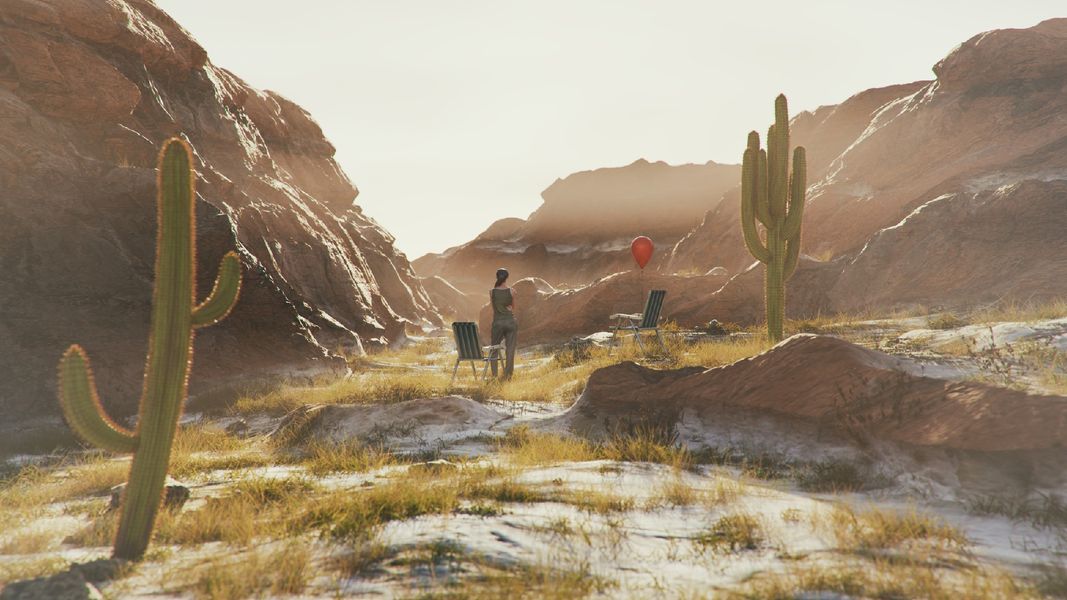Origins of Succulents
Where do these chubby champions hail from? Well, many have deep roots (pun absolutely intended) in the harsh and unforgiving terrains of Africa, including parts of the magnificent Madagascar. Others originate from the Americas, Europe, and Asia. But wherever they’re from, these little guys know a thing or two about dealing with dry spells.

Imagine being dumped in the desert with nothing but your own stored water to survive on. Scary, right? Not if you’re a succulent! These tough-as-nails plants scoff at the idea of dehydration. How so? It’s all in their leaves.
Succulents have what you could call the plant equivalent of a beer belly, minus the beer. Their thick, fleshy leaves store water like a camel’s hump. In fact, they’re so good at it, they could probably offer survival tips to a camel. (“You’re storing water in just ONE hump, you amateur!”)

Now, if you thought that was impressive, wait until you hear about their skin. No, not the kind that requires moisturizing cream. Their skin, or ‘cuticle’, is waxy and tough, which helps reduce water loss. This is pretty much like wearing a raincoat in a storm, only this storm never ends.
Talk about natural selection going full DIY survivalist, huh? No wonder succulents have been around for millions of years, giving dinosaurs the proverbial finger.















